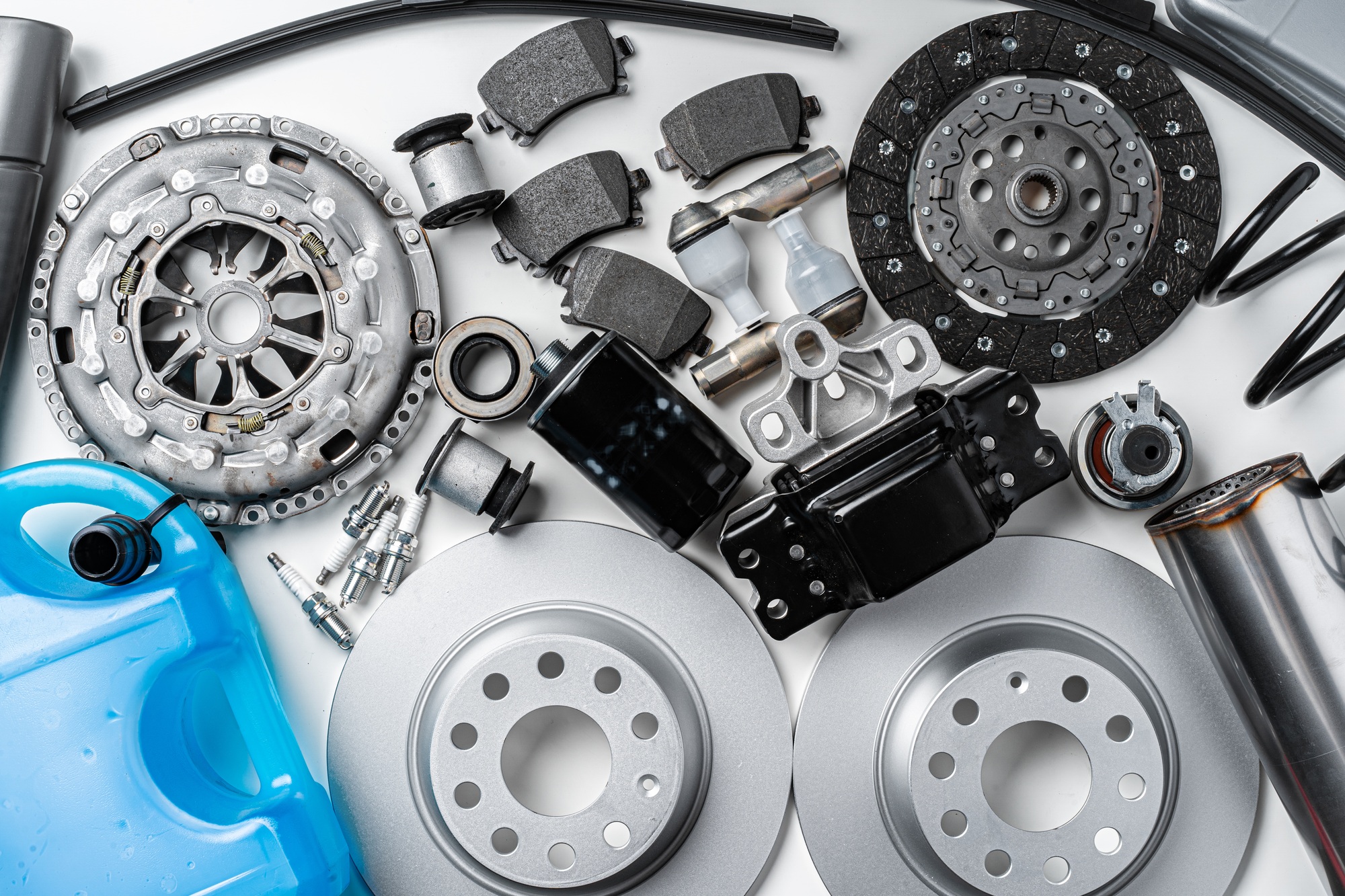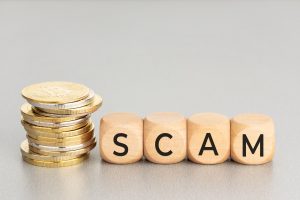As of May 3, President Donald Trump’s new 25% tariffs on foreign auto parts are officially in play, and while some major carmakers are bracing for cost increases, others are catching a few well-timed breaks.
In a last-minute move before the weekend, Trump signed an executive order to formalize the tariffs, but the rules include important exemptions that could soften the blow — at least temporarily.
What’s actually being taxed?
The 25% tariff targets foreign-made auto parts used in everything from engines to airbags. That includes:
- Powertrain components
- Seats and seatbelts
- Wiring harnesses
- Airbags
- Body panels
But here’s where it gets complicated — and more favorable for U.S. automakers.
‘Destacking’ prevents double penalties
One of the more technical but critical fixes in the order is called “destacking.” It means carmakers won’t be hit twice when parts involve already-taxed materials like steel.
So, for example, if a Ford plant imports body panels made from foreign steel, the company won’t have to pay both a steel tariff and an auto parts tariff. Instead, they’ll just pay the higher of the two tariffs once — and that’s it.
Even better: this rule is retroactive, so companies might get reimbursed for prior payments already made under the previous stacking model.
USMCA allies avoid the blow
Another major win for North American manufacturers: auto parts that are USMCA-compliant — meaning they’re made in Mexico or Canada — will be exempt from the 25% tariff.
That gives companies like Ford (F), GM (GM), and Stellantis (STLA) some breathing room, especially for models with high North American content.
Temporary relief on hard-to-reshore parts
Car manufacturers also convinced the administration to go easy on parts that are difficult to quickly reshore, like wiring harnesses.
Under the new rules, automakers will be reimbursed for tariffs up to 3.75% of the car’s value if the vehicle is assembled in the U.S. This cap will drop to 2.5% next year, then phase out completely, giving the industry time to adjust.
“It’s about buying time,” said an industry lobbyist familiar with the negotiations. “Reshoring a supply chain doesn’t happen overnight.”
What this means for consumers and automakers
While companies are still parsing out the full cost impact, vehicles with more foreign parts will likely see price hikes, particularly in 2026 when exemptions start to vanish. U.S.-assembled vehicles with high domestic content, on the other hand, could become more cost-competitive — a possible win for American manufacturing, but a challenge for supply chain managers.
Ford’s Kentucky plant, for instance, which just launched the 2025 Ford Expedition, may benefit from these exemptions due to its North American sourcing strategy.
Looking ahead
Expect more lobbying from automakers, especially as the White House signals that more trade adjustments are coming. With negotiations ongoing and elections on the horizon, tariffs remain a moving target — and automakers are staying nimble.








